The cost of building a home can be exhausting; legal costs, build costs as well as additional fees and charges that no one told you about.
There will be times when considering the sustainability of your investment is placed on the back burner.
However even the smallest investment in sustainability can be hugely beneficial for the environment and your wallet in the long term (if not the short term).
Here we detail the easiest ways homebuyers can build a sustainable home:
Siting and design efficiency
You can add all the solar panels you want, if your home is poorly designed the energy efficiency and long life cycle costs will be compromised.
When you are searching for the perfect site, a site with maximum northern orientation is ideal for a passive solar home.
Passive solar home design is design that takes advantage of the climate to maintain a comfortable temperature range in the home.
Passive design reduces or eliminates the need for auxiliary heating or cooling, which accounts for about 40% (or much more in some climates) of energy use in the average Australian home.
A custom-designed home that is site sensitive and suits your living requirements is better than selecting a ‘cut and paste’ home with volume builders which will not consider maximising the siting potential of the block.
- Creating a DIY vertical garden from household items
- Top 5 tips for improving air quality in your home
If you’re unable to select a site that faces north there are still things you can do to increase your energy efficiency and reduce your energy costs.
Firstly take advantage of this sunburnt country and all that free solar energy by installing solar panels and a solar hot water system.
You can take this further by buying appliances and whitegoods with the maximum energy star rating. Finally – insulate! Proper insulation will save you up to 50% on heating and cooling costs.
The higher the energy rating, the less reliance on utilities. Besides, who doesn’t want cheaper electricity bills?
Water efficiency
Installing a water tank will reduce your reliance on the mains water and coupled with a high WELS (Water Efficiency Labelling and Standards) rated plumbing fittings will further reduce your water consumption.
When landscaping consider indigenous water saving or drought resistant plants, so that when an inevitable dry summer hits you won’t have to worry about the lack of water to sustain them.
Materials efficiency
Choose sustainable building materials with a low embodied energy such as timber.
Timber from sustainable plantations is a renewable resource which, has less environmental impact than brick or concrete, which have a high embodied energy. The embodied energy of a product is the energy required to produce a product and is measured over the products life cycle.
When installing windows purchase windows that are double glazed with a high WERS (Window Energy Rating Scheme) this means you will lose less heat from your home.
The WERS scale ranges from zero to ten stars, at Ecoliv we use five-star WERS glass because not only is the ten-star WERS glass incredibly expensive but also only appropriate for high temperature industrial settings. In other words, totally inappropriate for a residential building! By choosing the five-star rating this will give you the optimal balance of cost, thermal performance and efficiency.
Indoor environment quality
Make sure the interiors of your home are keeping you free from any nasties by using low VOC (Volatile Organic Compound) paints.
VOC paints are not only harmful to the environment, but to humans as well. Chemicals found in VOC paints such as Formaldehyde and Benzene emits vapours that are harmful if inhaled. Paint with less than 250 grams of VOCs per litre is considered low VOC paint.
Also ensure the window placement incorporates passive internal air circulation to encourage cross flow ventilation and natural temperature control throughout the home.
Even if you are only able to implement a few of these strategies, you will be able to create a more sustainable, more environmentally friendly and above all economical first home.
Tread a little lighter on the planet and the earth (plus your wallet) will thank you in the long run.

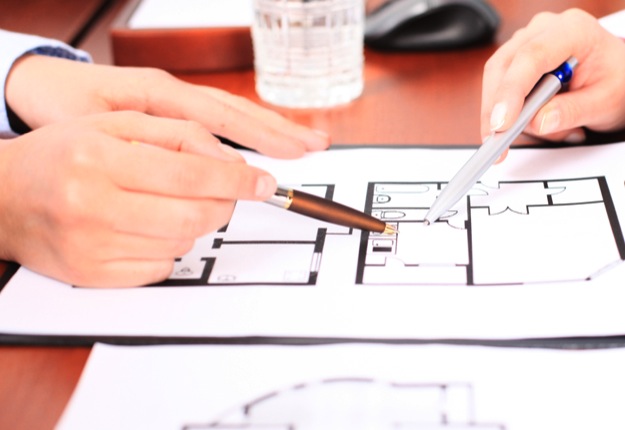
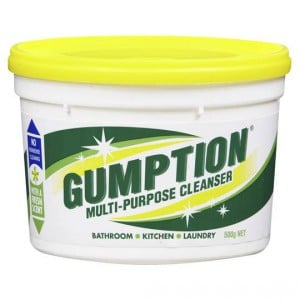
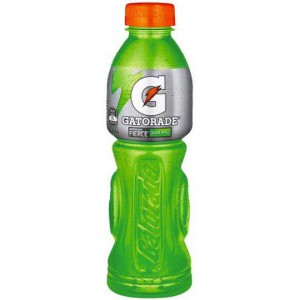









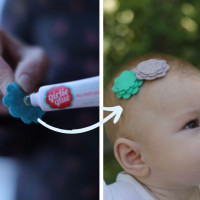
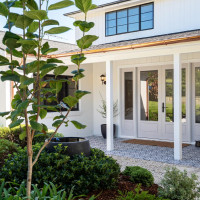






4:31 pm
7:38 am
9:09 pm
12:21 am
8:33 am
2:08 pm
10:48 pm
1:12 pm
1:23 am
12:26 am
10:45 pm
11:18 am
4:23 pm
7:58 am
7:36 pm
-

-
-
-
mom94125 replied
- 02 Mar 2015 , 3:20 pm
-

-
-
-
mom93821 replied
- 28 Mar 2015 , 3:11 pm
Reply- 1
- 2
- »
Post a comment